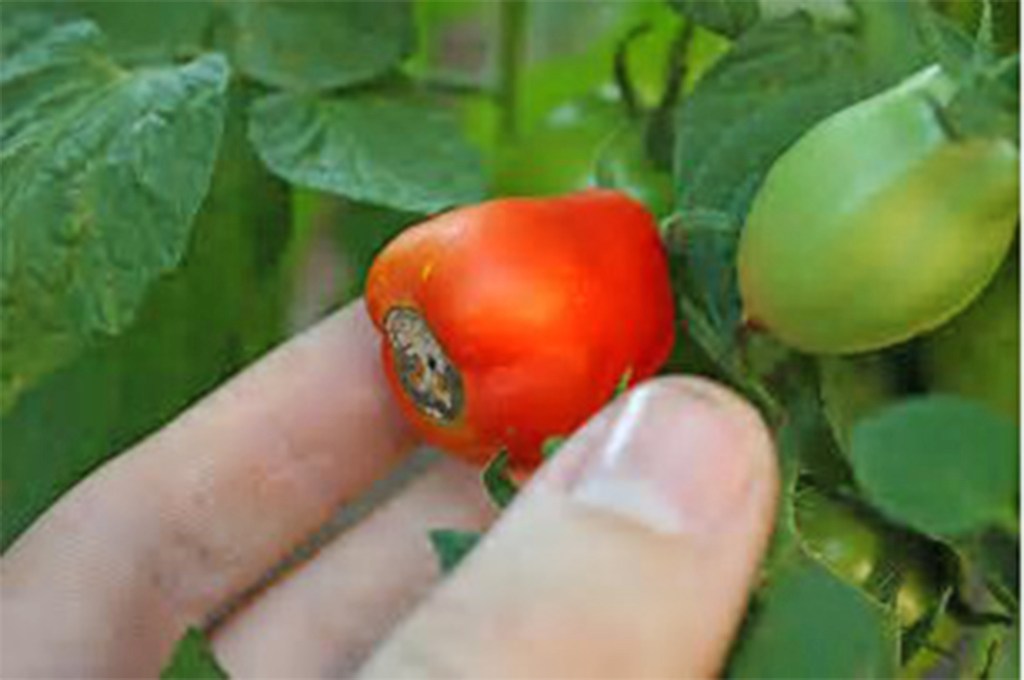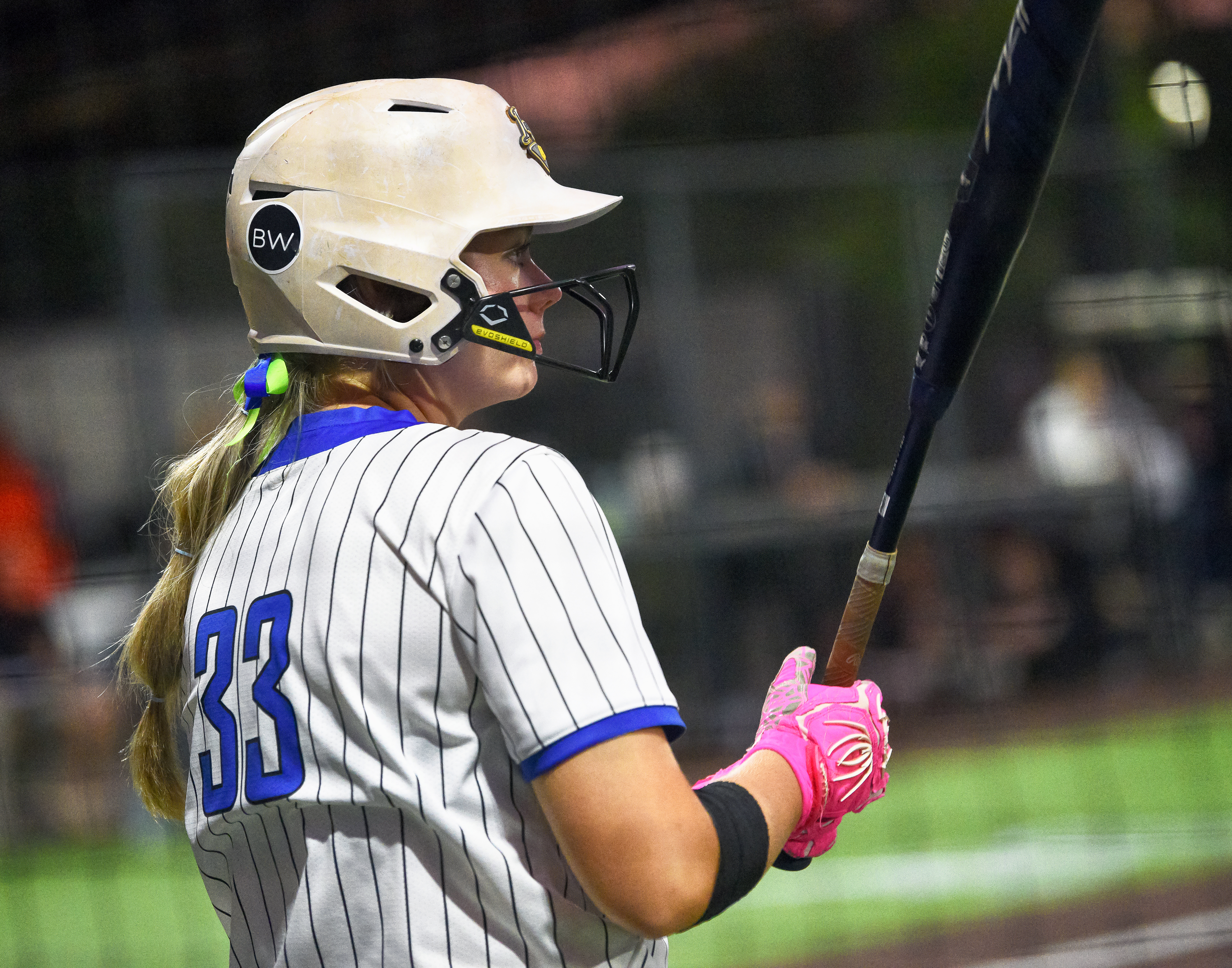ONE GARDENER TO ANOTHER: Tomato plant disorders, fertilization and watering
Published 6:30 am Monday, June 12, 2017

- Blossom end rot is another common problem for tomato plants. It is a disorder rather than a fungal disease caused by calcium deficiency in the soil.
Last week we discussed how to combat fungal (biotic) diseases for our tomato plants. Other factors affect tomato plants that are abiotic. Abiotic diseases are caused by non-living factors such as nutrient and moisture deficiencies or excesses, high or low pH soils, misapplication of fertilizer or pesticide and air pollution.
A soil test before planting is the best measure in assuring that your soil has the necessary nutrients at the start, but tomatoes are fairly heavy feeders. It may be necessary to fertilize the soil during the growing season with a method called “side dressing.” This can be done at the first fruit set and again approximately every 6-8 weeks.
As much as under-fertilization causes plants to grow poorly, over-fertilization causes plant foliage to grow excessively, reducing yields and quality.
The numerical formula that appears on just about any fertilizer refers to the percentage of the three macro-nutrients in that product. A box that reads 4-6-3, for instance, contains 4 percent nitrogen, 6 percent phosphorus and 3 percent potassium.
Nitrogen is most important in nourishing foliage, phosphorus in promoting the growth of flowers and fruits, and potassium in building strong stem and root systems.
How to side-dress
For the backyard gardener with a few tomato plants, apply fertilizer around the base of each plant. Dig a shallow, 1-inch deep ring around each plant approximately 3-4 inches from the base of the stem or a shallow trench between rows about 5 inches from the plant stem if you have many rows of tomatoes.
Carefully sprinkle the fertilizer into the trench and cover with soil making sure not to get any on the leaves. Don’t apply the material too close to the plant or too deep because it can burn the plant’s roots.
Blossom end rot
Blossom end rot (BER), which is caused by a calcium deficiency, is common and treatable. The deficiency can be intensified by over fertilization, infrequent watering and an incorrect soil pH.
If using fertilizer geared toward tomatoes, chances are the mix will contain calcium and will be listed in the ingredients on the packaging. Treating for BER begins with a soil test and adding lime if necessary.
The next step is to mulch plants, which will help moderate soil moisture and begin watering on a schedule. No you can’t control rainfall but you can control when you water.
Proper watering
While going through the Master Gardener Program, we were introduced to abiotic diseases. Two slides caught my attention. One was a lawn with big wide green stripes all over it, because the person applying fertilizer didn’t do a really good job at spreading it evenly. The other was a sad plant with wilting, yellow leaves because an overzealous gardener drowned the poor thing.
It was there I realized that abiotic can mean human-error induced.
So how much water should we give our tomato plants? Surprisingly, less than you may think or more accurately, less often than you may think.
I was always the gal that gave her tomato plants just a little sip every morning. Well, that’s wrong because it can cause shallow root systems.
Check the soil first. If the soil is wet 3 inches deep, delay watering for another day. One inch of water per week is sufficient if the plants are mulched.
The goal is to water less often and longer duration. This will help develop a deep root system that will reduce plant stress during prolonged periods when the weather is hot and dry.
I hope you enjoyed our series on Tomatoes. Check back next week for some delicious ideas of what to make with your harvest. Until then, happy gardening!
— Irland, a member of the Limestone County Master Gardeners, can be reached at kippirland@hotmail.com. For more information on the Limestone County Master Gardeners, click here.





